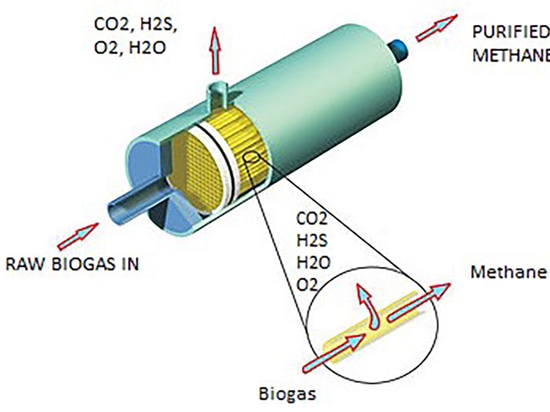
#White Papers
WHY IT IS NECESSARY TO REDUCE H2S?
Hydrogen Sulfide (H2S) is a gas commonly found during the drilling and production of crude oil and natural gas, plus in wastewater treatment (biogas) and utility facilities and sewers.
H2S also occurs in volcanic gases, natural gas and in some sources of well water. The gas is produced as a result of the microbial breakdown of organic materials in the absence of oxygen.
Hydrogen sulfide is a strongly poisonous substance whose toxicity is comparable to cyanide. At ambient temperature, and at low concentrations, hydrogen sulfide is a colorless gas with a characteristic rotten egg smell. The gas is flammable, and burns with a bluish flame.
Effects on humans of H2S at various concentrations in air:
Odor activation threshold 0.05 ppm (= 50 ppb)
Offensive odor 3 ppm
Threshold for damage to eyesight 50 ppm
Olfactory paralysis 100 ppm
Pulmonary edema, acute intoxication 300 ppm
Damage to the nervous system, apnea 500 ppm
Collapse, paralysis, immediate death 1000 ppm
Heavier than air, H2S gas accumulates in low lying areas of poorly ventilated spaces. In oil and gas applications, sour gas (products containing H2S gas) in the presence of air and moisture may form sulfuric acid, capable of corroding metals. Facility equipment, including the internal surfaces of various components, faces reduced durability and impact strength, potentially leading to premature failure. A high concentration of H2S, for example, can cause acidification of the lubricating oil, excessive wear of mechanical parts and corrosion of metal. The corrosion reduces the lifetime of the downstream equipment by years! This is why gas engine manufacturers require that H2S in the clean gas must not exceed 100-250 ppm. Otherwise, the operating costs for change of engine oil, spark plugs and other maintenance will increase significantly.




